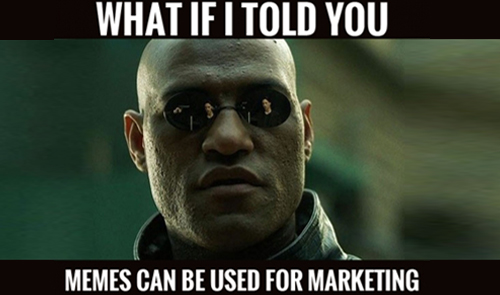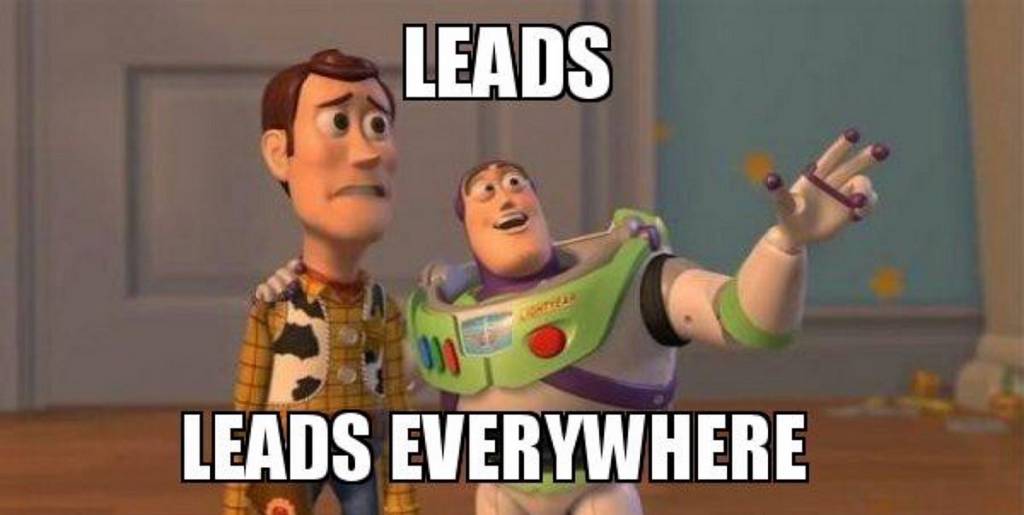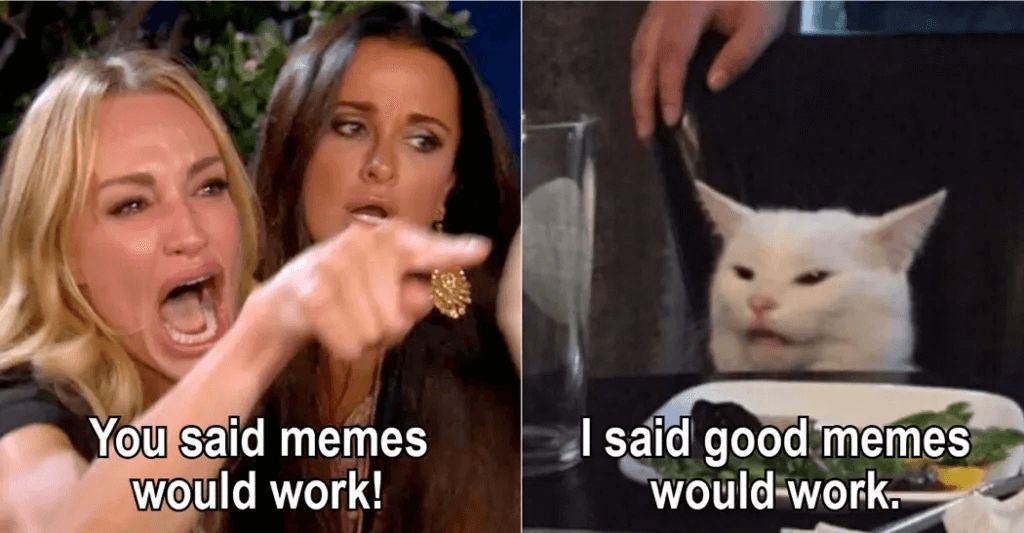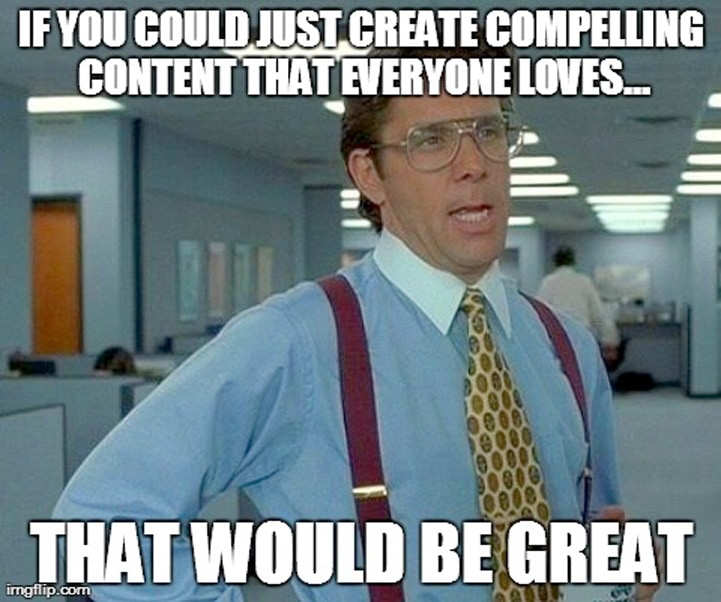There was a time when memes lived solely in the wild west of the internet—shared in group chats, Reddit threads and comment sections. They were bite-sized bits of humor, usually homemade, often niche and always fast-moving. But somewhere between Doge and Distracted Boyfriend, a shift happened. Memes became marketing tools.

Today, memes are a serious part of brand strategy. From Wendy’s snarky Twitter presence to Duolingo’s chaotic TikTok owl, brands are increasingly leaning into meme culture not just to entertain, but to connect, convert and cultivate loyalty.
So how did we get here—and what does it mean for the future of marketing?
Memes: The Language of the Internet
Memes are more than funny images. They’re a visual shorthand—culturally specific, emotionally resonant and instantly shareable. They speak in a language that feels native to the platforms people actually use (Instagram, TikTok, X, Reddit) rather than the traditional marketing spaces brands once dominated.
For Gen Z and millennials in particular, memes are a dominant form of communication. They can express sarcasm, solidarity, critique, or collective mood—all in a single frame. The emotional shorthand makes them a powerful tool for storytelling and brand voice.
Why Marketers Are Embracing Memes
1. They’re low-cost, high-reward.
Creating a meme takes far less time and budget than a full campaign. But when done right, the ROI in reach and engagement can be huge.

2. They build relatability.
Memes show that a brand “gets it”—not just the product or service, but the audience’s culture, humor and values. This builds affinity in ways that feel more human than polished ads.
3. They fuel virality.
People don’t share ads with their friends. They share memes. And when your brand is part of that, your content travels far beyond your own audience.
4. They flatten the power dynamic.
Unlike traditional marketing, memes invite interaction on equal footing. They position the brand as a participant in the conversation, not just a broadcaster.
The Risks of Meme Marketing
Meme marketing isn’t without its pitfalls. Move too slow and the meme is already stale. Miss the cultural nuance and you risk backlash or cringeworthy results. Most importantly, if your audience smells inauthenticity, they’ll call it out—loudly.

Successful meme marketing requires:
• Cultural fluency (know the difference between a viral moment and a dated one)
• Brand alignment (not every meme fits your voice or values)
• A willingness to let go (the internet will remix it—be ready for that)
Brands Doing It Right
Duolingo: Their unhinged owl mascot has become a TikTok icon. By fully embracing absurdist humor, they’ve turned language learning into entertainment.Ryanair: The budget airline uses memes to mock its own services in ways that win over younger audiences with self-awareness.
Netflix: With accounts like Netflix Is a Joke, they use memes to market shows, respond to trends, and cultivate fandoms—often faster than traditional promo teams could.
What This Means for Marketers
Memes reflect a broader trend in marketing: the shift from talking at audiences to participating with them.
As culture becomes more decentralized, consumers are tuning out polished, mass- marketed messages and tuning into content that feels real, timely, and human. Memes fit that mold. They’re fast, funny and built for community.
For marketers, this means rethinking the creative process. It’s no longer just about the big idea—it’s about the micro-moments that keep your brand in the conversation.

Final Thoughts
Memes might have started as internet inside jokes, but today, they’re part of the marketing playbook. When used authentically and with cultural awareness, they can drive real engagement and brand love.
Just remember: You can’t force a meme. But you can understand your audience, speak their language, and meet them where they are—sometimes, that’s in a perfectly timed meme.

